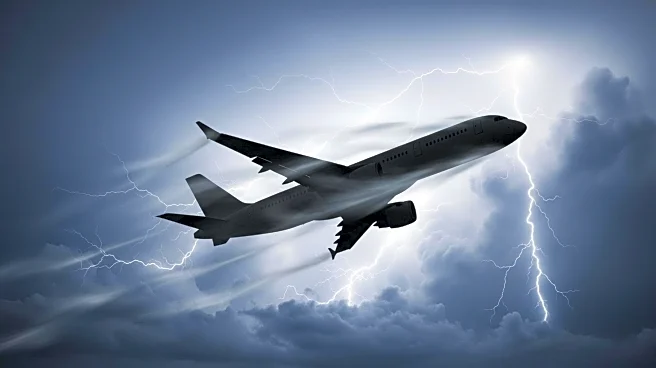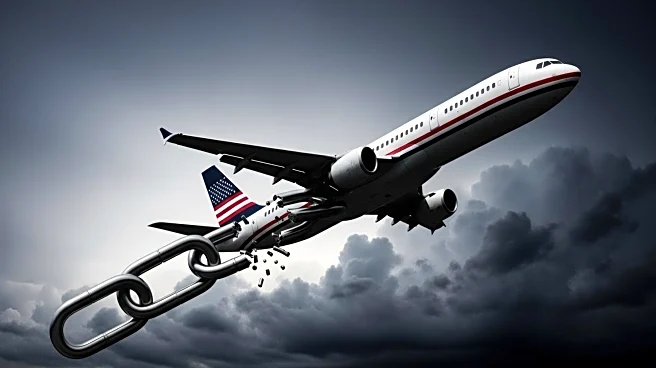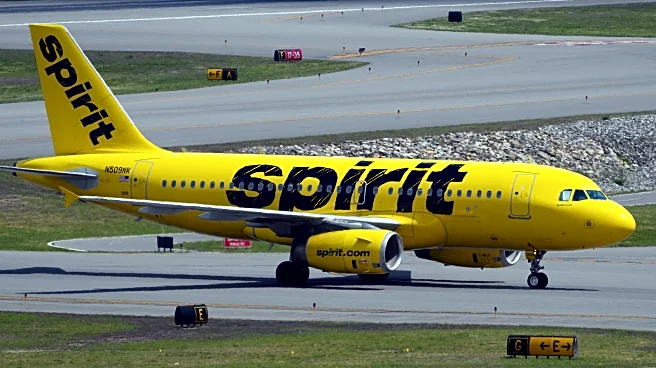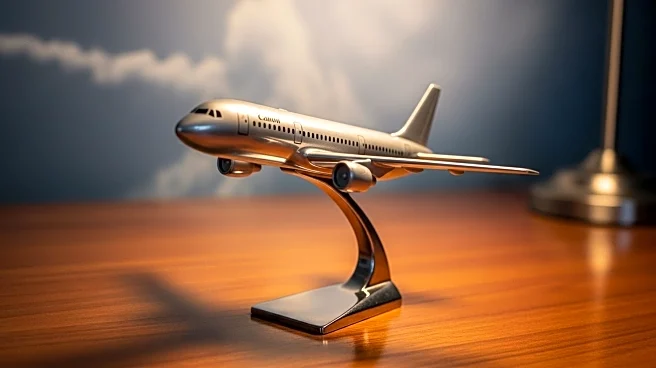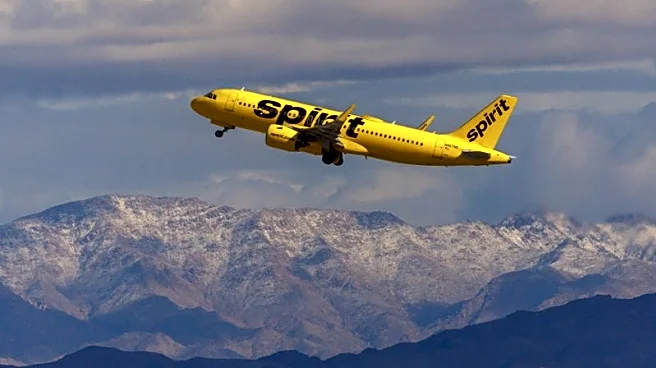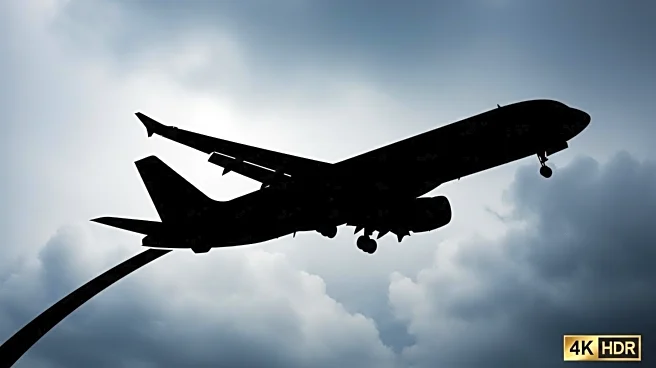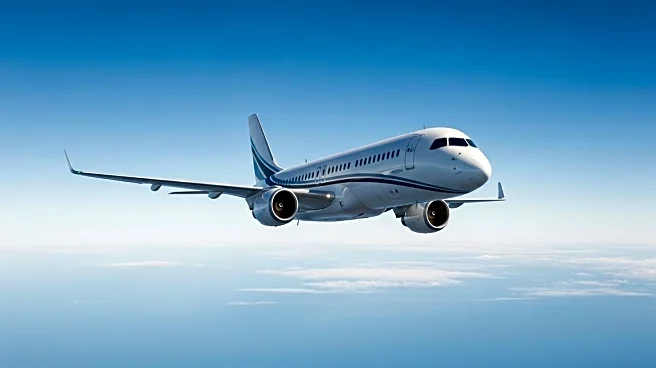What's Happening?
Spirit Airlines has filed for Chapter 11 bankruptcy for the second time in August 2025, underscoring significant financial challenges within the U.S. budget airline sector. Despite previous restructuring efforts, including a $795 million debt-to-equity swap and $350 million in new financing earlier in March 2025, the airline continues to face financial distress. The ultra-low-cost carrier (ULCC) model, which Spirit operates under, is proving fragile in the post-pandemic environment. The airline's financial struggles are exacerbated by a $600 million free cash flow deficit and $2.689 billion in total debt. Rising fuel costs, labor shortages, and a shift in consumer preferences towards premium amenities have further strained the sector. Spirit's inability to renegotiate aircraft leases or significantly reduce its fleet has left it vulnerable to ongoing liquidity pressures.
Why It's Important?
The bankruptcy of Spirit Airlines is a critical event for the U.S. budget airline sector, revealing deep-seated structural challenges. The situation highlights the vulnerability of the ULCC model to external pressures such as cost inflation and changing consumer behavior. Legacy carriers like Delta and Southwest have adapted by offering tiered pricing and budget fares within a premium experience, capturing price-sensitive travelers while maintaining higher-margin revenue streams. This competitive pressure, combined with rising operational costs, has widened the profitability gap between budget and legacy airlines. Spirit's financial instability signals potential risks for investors, as the airline's credit ratings are low, indicating a high probability of further restructuring. However, opportunities exist for airlines that focus on fleet modernization and strategic partnerships, as seen with Allegiant Air's successful operations.
What's Next?
The future of the U.S. budget airline sector may involve further consolidation and strategic repositioning. Competitors like Frontier Airlines and JetBlue Airways are already capitalizing on Spirit's turmoil by expanding into its markets and enhancing their offerings. Investors should monitor potential acquisition opportunities as Spirit's asset sales and restructuring could attract financially stable peers. Additionally, regulatory scrutiny of ULCC business models may increase, particularly concerning labor practices and environmental sustainability. Airlines will need to balance cost-cutting with customer retention, possibly redefining the ULCC model to include more premium services to attract higher-spending travelers.
Beyond the Headlines
Spirit Airlines' bankruptcy could prompt a reevaluation of the ULCC model, as airlines must adapt to a market that increasingly values comfort and flexibility. The sector's future may be shaped by innovation and a redefinition of 'value' in air travel, where consumers are less willing to compromise on comfort for lower prices. This shift could lead to a more competitive landscape where only airlines with robust liquidity and operational agility thrive.
